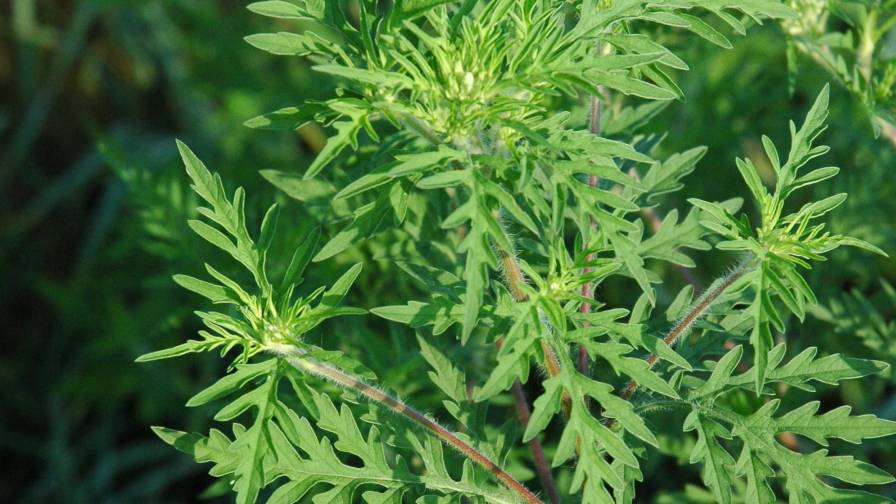How Much Nitrogen Does a Cover Crop Take Up and Release?
With growing interest in cover crops, it is important to understand how cover crops might impact soil fertility for the following cash crop, according to the Institute of Agriculture and Natural Resources at the University of Nebraska-Lincoln. Nitrogen (N) provided by cover crop biomass may be used in the short-term by the following crop, and in the long-term through improving soil N content and reducing fertilizer input costs. The availability of soil nitrogen is a function of residual soil N (or nitrogen present in the soil) and N mineralized (released by the organic pools in the soil) from previous crop residues. However, environmental and management factors greatly influence cover crop decomposition dynamics, making it a challenge to consistently and accurately predict the amount of N that will become available, or when it will become available, to a subsequent crop.
We compiled field studies from Nebraska and other corn-producing states that evaluated the range of biomass production of cover crops, the amount of N in their biomass, and their C:N ratio. While these studies do not provide exact estimates of when N is available to subsequent crops, they can give us some information to help inform nutrient changes following cover crops.
Cover crops acquire N through the uptake of nitrate and ammonium from the soil. When cover crops decompose, N is recycled back to the soil. Leguminous cover crops, owing to their symbiosis with rhizobia, can acquire N from the air (biological N fixation). When this N is released during decomposition, it is a net gain of N, so legumes are typically thought of as an N source or supplier. However, not all N in legume biomass is fixed N, as legume may take up considerable amounts of N from the soil.





